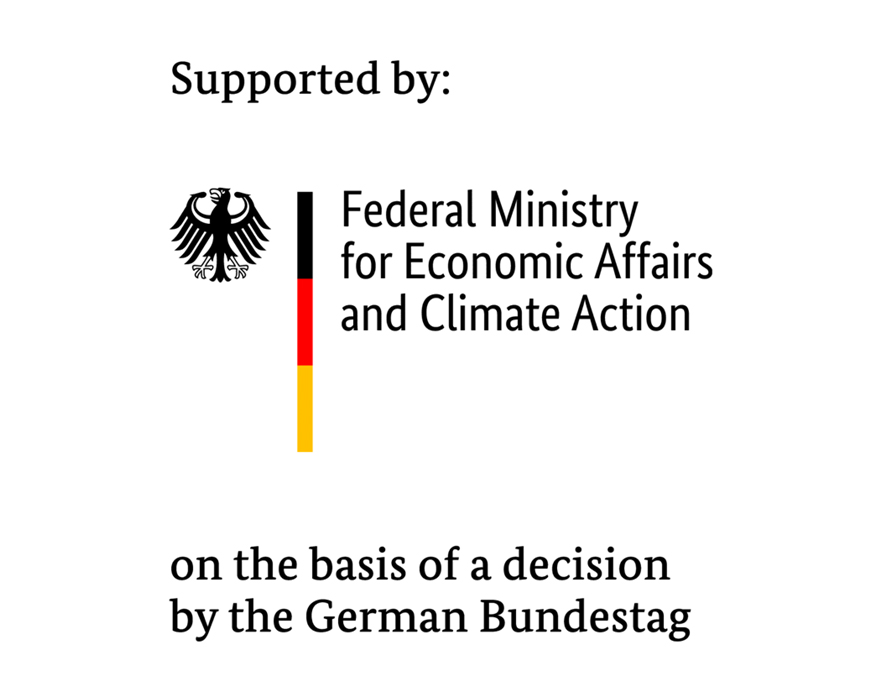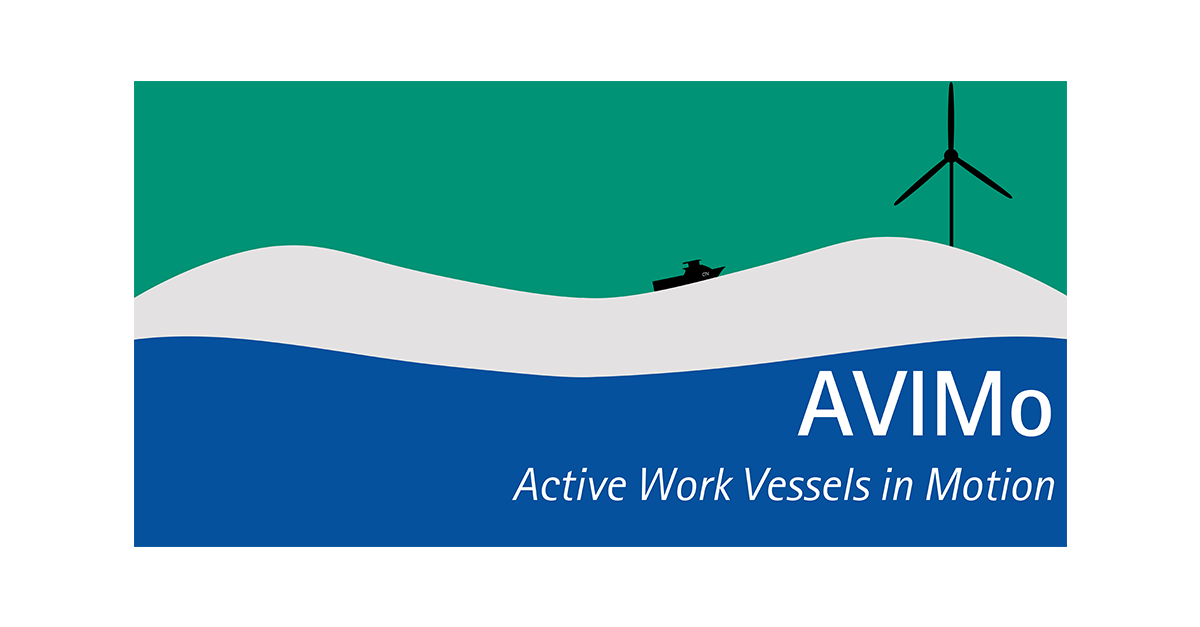| Funding: | Federal Ministry for Economic Affairs and Climate Action (BMWK) |
| Partners: | Ludwig-Franzius-Institute for Hydraulic, Estuarine and Coastal Engineering (LuFI), Wölfel Engineering GmbH + Co. KG |
| Duration: | 12/2018 – 12/2022 |
- The AVIMo research project focuses on the relationships between the movement of vessels and delays of work activities in offshore wind farms.
- The overall goal of the project is to combine weather and sea state data with specifically modeled work vessel movements in a logistical planning demonstrator.
- Fraunhofer IWES is responsible for the development of a software demonstrator within the scope of a subproject.
- It is hoped that as a result of this project it will be possible to plan work at sea more efficiently and reduce logistics costs simultaneously.
Offshore wind farms are being set up at ever greater distances from the coast and thus at ever greater water depths. It is not only the technical requirements in terms, for example, of the support structures for offshore wind turbines which increase at greater distances from the coast and water depths – the calculation of installation and maintenance costs also becomes more complex. This is due in part to meteorological factors. As such, all information concerning deployment restrictions for work vessels at sea offers major potential to reduce the costs of wind farms, to predict a weather-sensitive set-up time, and to calculate the operation of offshore wind farms and render them more competitive. The reports from wind farm operators and vessel personnel repeatedly confirm that the wind and the movements of work vessels in the swell significantly determine the logistical possibilities and restrictions of pending work.
The overall project is investigating the relationships between vessel movements and delays to offshore wind projects. Vessel movements have a major impact on the ability to perform offshore-operations. Factors include technician fatigue and the technical limits of the equipment as well as the accessibility of offshore wind turbines.
Fraunhofer IWES is currently working on the development of a software demonstrator which takes account of the influence of ship movements when analyzing project plans. This requires the development and adaptation of methods based on the measurements and simulations of other subprojects. The linking of local weather data with measurement and simulation results presents a particular challenge. On completion of this research undertaking, it should be possible to determine the influence of vessel movements on the project duration of activities in offshore wind farms using local weather data. The influence of various loads, different offshore processes, and technician fatigue are among some of the factors taken into consideration.

